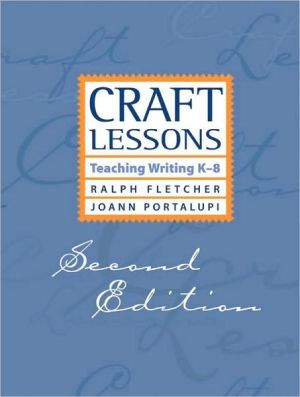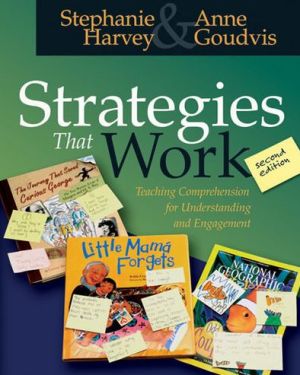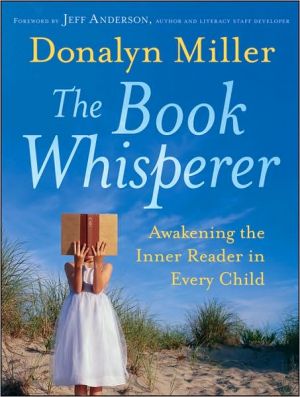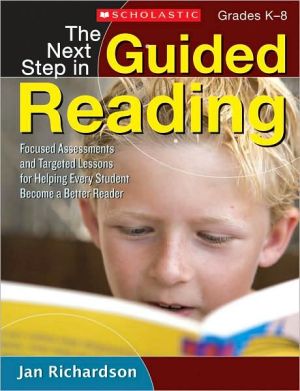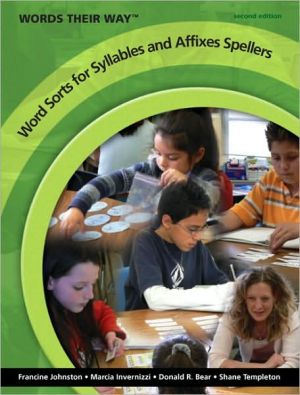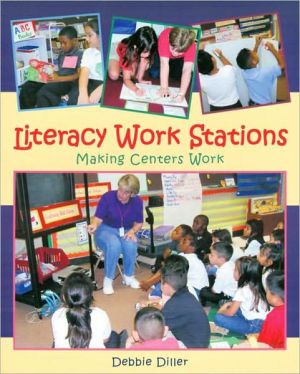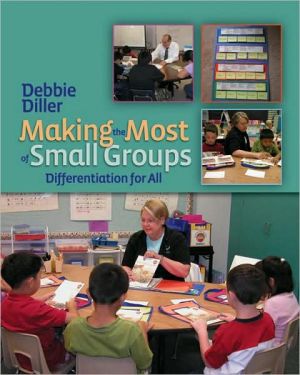Teaching Reading Strategies in the School Library
Walker and Shaw link the teaching of ten commonly taught reading strategies such as sequencing, compare and contrast, and prediction to picture book titles. Each chapter of the book provides a strategy, a graphic organizer to teach it with, and an in-depth modeled discussion of how to use the strategy with two or three books. Additionally, each chapter furnishes an annotated bibliography of other books that would lend themselves easily to the teaching of this strategy. Grades K-3.\ The book...
Search in google:
Walker and Shaw present a practical text for school library media specialists who provide reading instruction to students in grades K- 3. Ten chapters are grouped according to their function—building interest, retelling, comparing and contrasting, and comprehension. Each chapter focuses on one of ten strategies, and includes explanation of the strategy, an in-depth modeled discussion of how to use the strategy with newly published picture books, reproducible templates, and an annotated bibliography of additional books for teaching the strategy. A former primary school teacher, Walker is now a library media specialist in an elementary school in Olathe, Kansas; Shaw's credentials are not stated. Annotation ©2004 Book News, Inc., Portland, OR School Library Journal This well-organized book offers readily accessible reading strategies that librarians can teach while sharing favorite literature with K-3 students. Ten research-based techniques are organized into four topical chapters that focus on prediction, retelling, comparing/contrasting, and comprehension. Each chapter begins with an explanation of the strategy covered, a concise analysis of the many benefits students derive from learning it, followed by how-to instruction in clear, easy steps. The entries rely on largely graphic organizers and hands-on materials that can be copied and laminated. Each chapter includes two excellent titles and suggestions for using them. For example, in the one on understanding narrative sequence and retelling, Ken Brown's The Scarecrow's Hat and D. B. Johnson's Henry Builds a Cabin are used, along with graphic organizers in the form of a sequence flowchart and enlarged story text with a visual aid of the various narrative parts. The appendix lists over 100 recently published titles; and, at the end of each chapter, there is a list of 10 or so other stories that also fit the strategy. This is quick and easy, fast and fun support for reading skills.-Teresa Pfeifer, Alfred Zanetti Montessori Magnet School, Springfield, MA Copyright 2005 Reed Business Information.
Ch. 1Strategies1Ch. 2Prediction word bank11Ch. 3Character chart25Ch. 4KWL chart33Ch. 5Sequence41Ch. 6Circular sequence story chart55Ch. 7Goal structure map63Ch. 8Story element map77Ch. 9T-table95Ch. 10Venn diagram107Ch. 11Q.A.R. (question-answer relationship)119
\ School Library JournalThis well-organized book offers readily accessible reading strategies that librarians can teach while sharing favorite literature with K-3 students. Ten research-based techniques are organized into four topical chapters that focus on prediction, retelling, comparing/contrasting, and comprehension. Each chapter begins with an explanation of the strategy covered, a concise analysis of the many benefits students derive from learning it, followed by how-to instruction in clear, easy steps. The entries rely on largely graphic organizers and hands-on materials that can be copied and laminated. Each chapter includes two excellent titles and suggestions for using them. For example, in the one on understanding narrative sequence and retelling, Ken Brown's The Scarecrow's Hat and D. B. Johnson's Henry Builds a Cabin are used, along with graphic organizers in the form of a sequence flowchart and enlarged story text with a visual aid of the various narrative parts. The appendix lists over 100 recently published titles; and, at the end of each chapter, there is a list of 10 or so other stories that also fit the strategy. This is quick and easy, fast and fun support for reading skills.-Teresa Pfeifer, Alfred Zanetti Montessori Magnet School, Springfield, MA Copyright 2005 Reed Business Information.\ \

